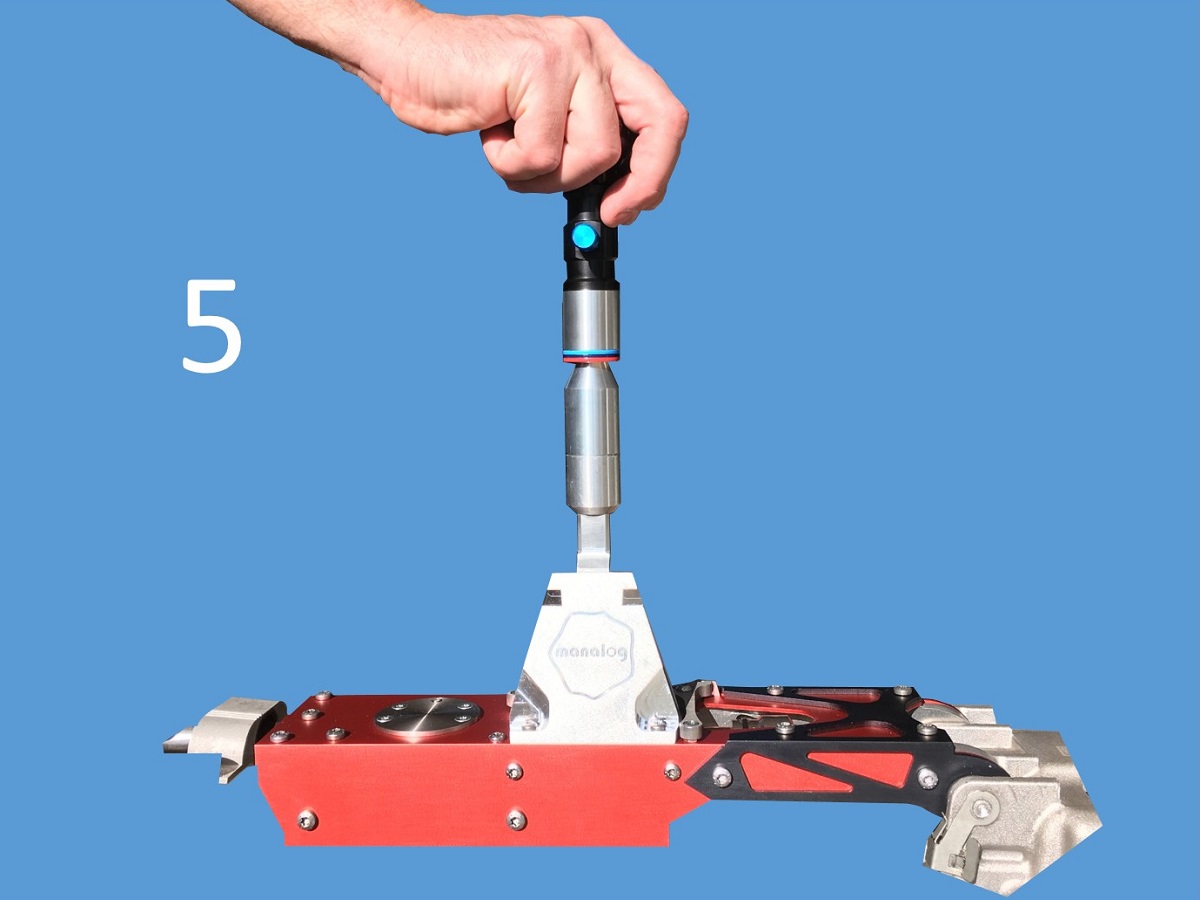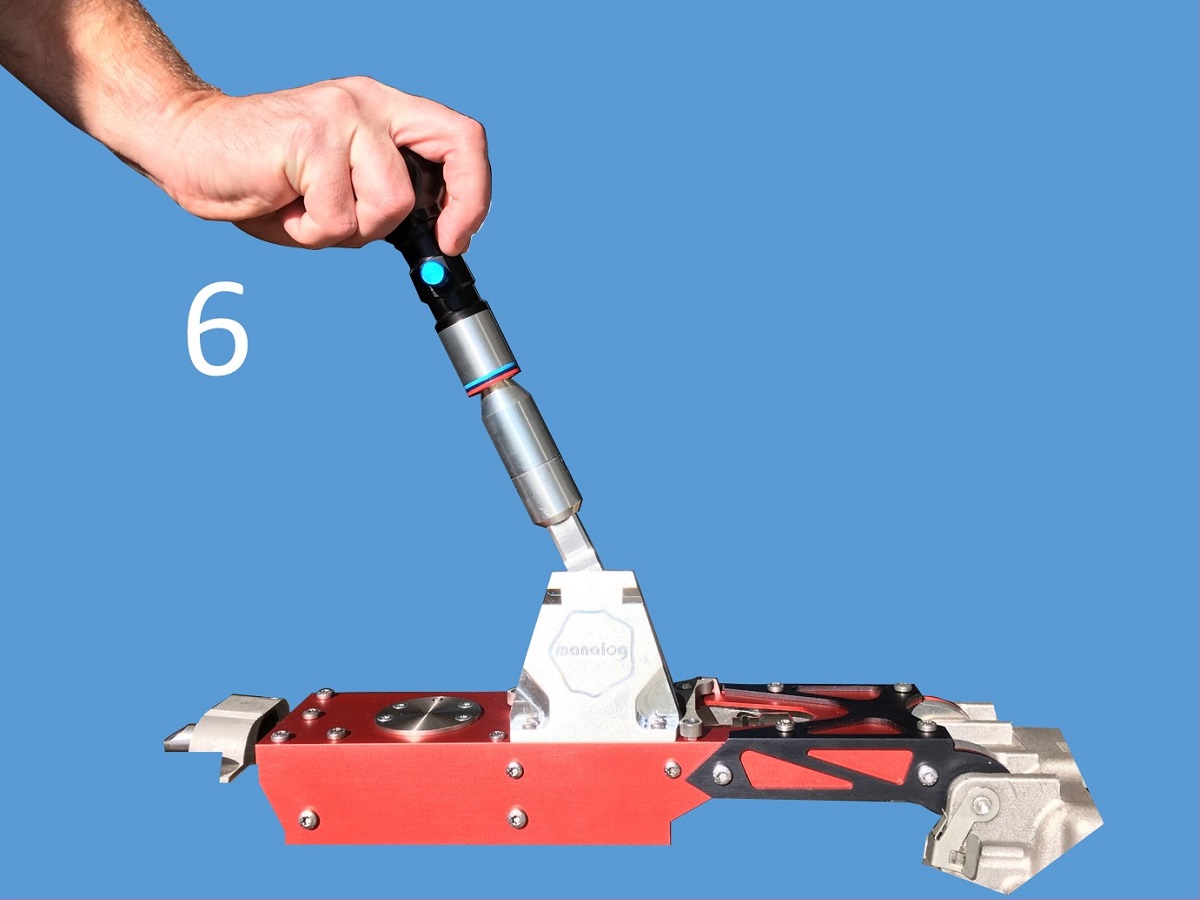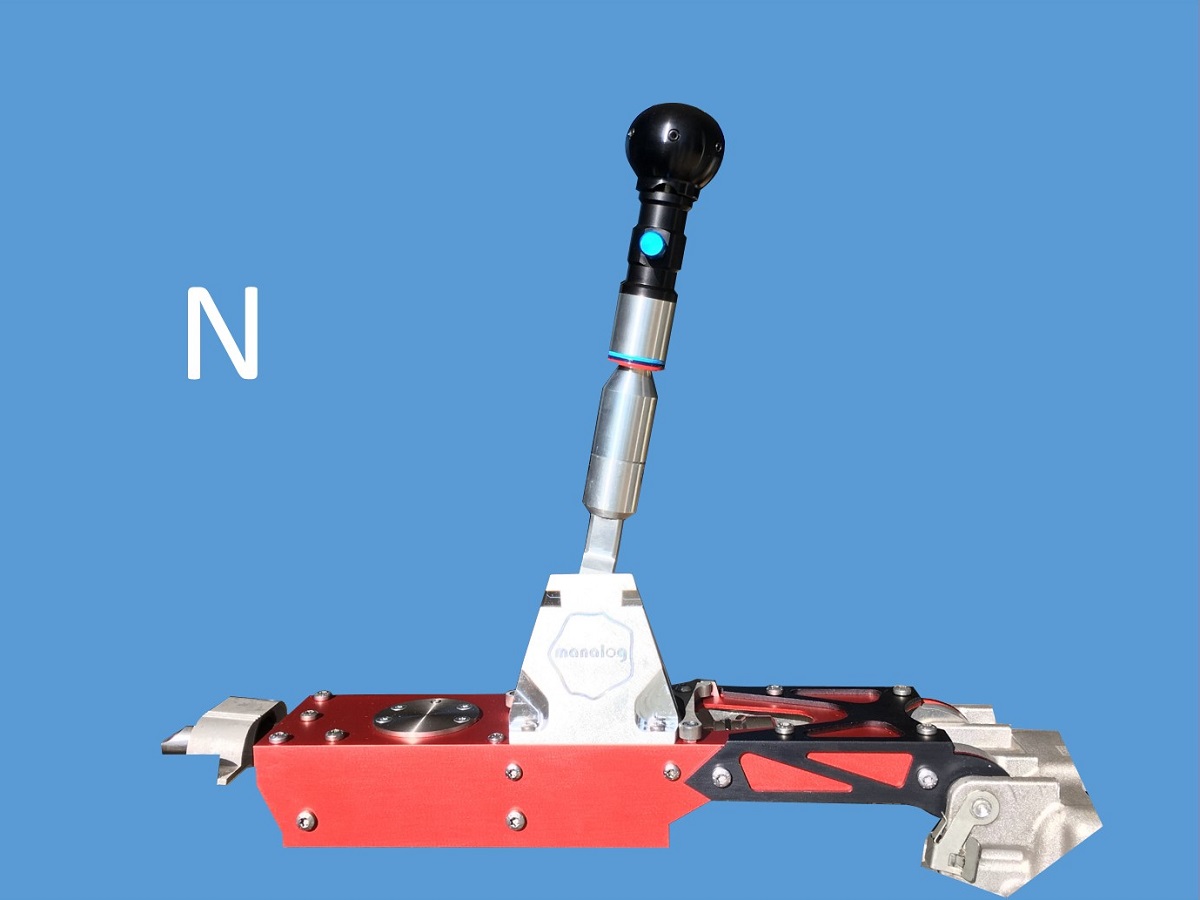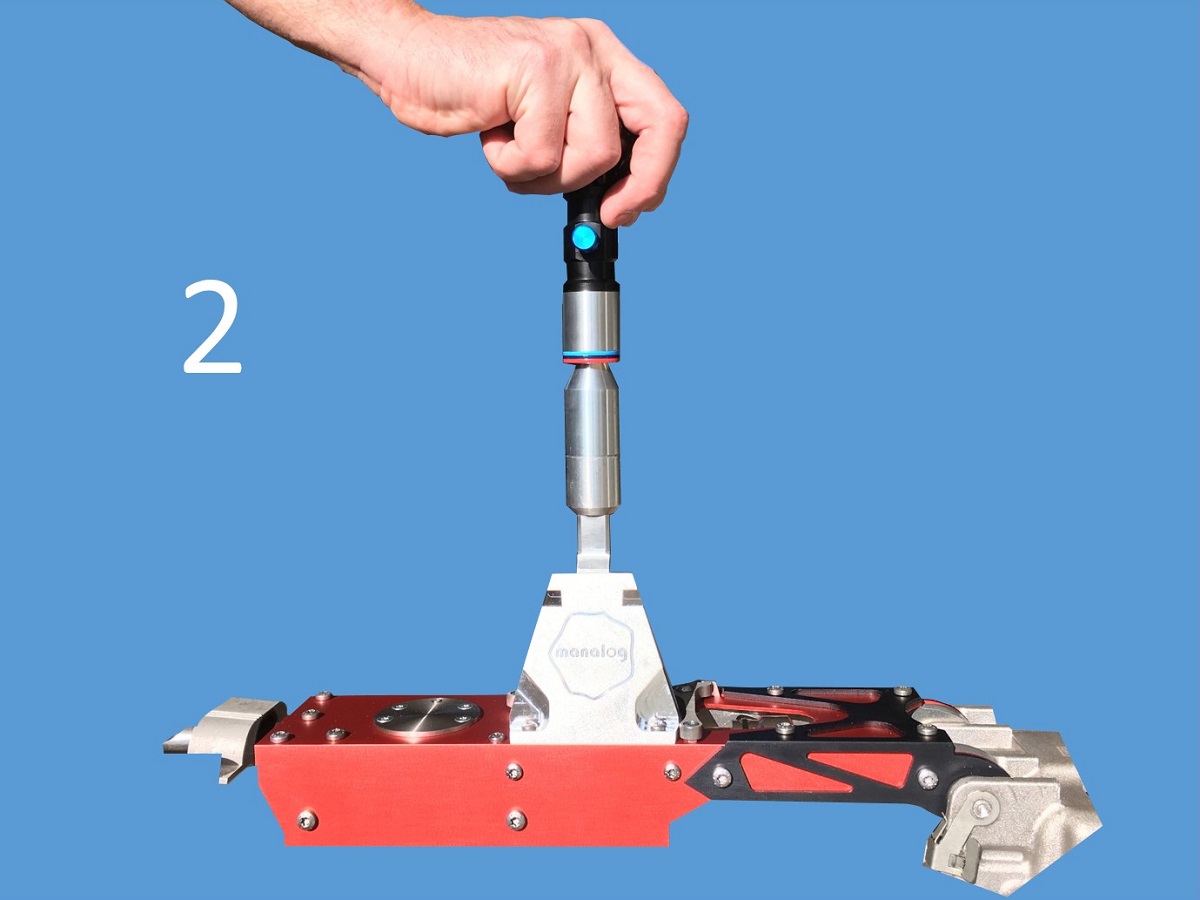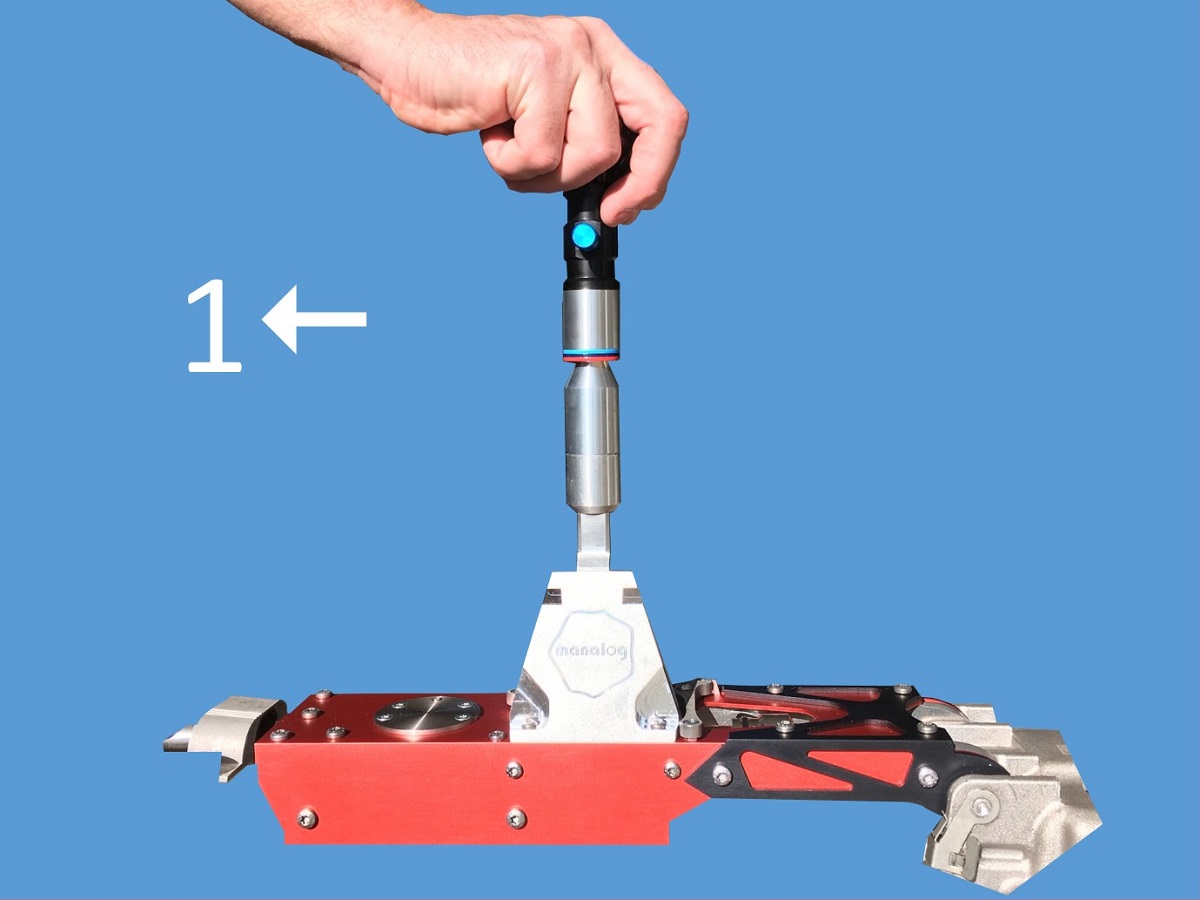Operation
The manalog race shifter was developed with the goal to make the operation of manual transmissions with their unmatched efficiency also safer, quicker and more convenient.
For this purpose the – per se known - principle of the sequential gear shifting was used as the basis, however, complemented by several special features, designed not only to allow for maximum operating safety on the race track in forward driving mode but also to convince in public traffic and everyday situations.
Great emphasis was placed on an operation as simple, effective and consistently intuitive as possible and in harmony with the operating logic known from automatic transmissions. Many drivers, enjoying classic fun to drive in their spare time, frequently use cars with automatic transmissions e.g. for business purposes.
Equally, functional safety was a driving force in the design of the manalog SQS operating logic. Even without gear indication drivers must be able to unambiguously detect certain shifting states as reverse gear, gear neutral or reaching top gear on a visual as well as haptic basis. To engage the clutch when unintentionally in gear or, the other way round, parking the vehicle erroneously in gear neutral are situations that must be avoided dependably.
The following paragraphs give an overview, while, of course, a detailed manual comes with the manalog race shifter.
Forward Gears
According to the manalog SQS operating logic sequential shifting is always performed through a simple and one-dimensional basic movement:
In a first step the gear lever is deflected up to the stop from its home position to which it will automatically return when released. All upshifts are performed by pulling the gear lever backwards and all downshifts are conducted by pushing the gear lever forwards. This definition is very intuitive as the hand follows simply and naturally the inertia forces when accelerating or braking, respectively.
Despite the fact that the shift lever has yet to return into its home position in a second step of the movement before any next gear shift, the change of gears is completed now and the clutch can be re-engaged to direct the driving power via transmission to the wheels anew.
The manalog SQS6.M2 is laid out in a way to also accomplish a short shift of 25% reduction in travel. Additionally the shift knob is positioned higher by 35mm or 1.38”, respectively, ensuring a shorter distance to the steering wheel and a more favorable angle at the elbow.
Top Gear
Driving on a racetrack, it can happen to a driver in the heat of the moment that he is uncertain as to whether or not top gear is engaged already.
No issue here: the manalog SQS operating logic offers an effective check by simply tapping the shift lever backwards. 6th gear engaged can easily be detected from the considerably reduced counterforce. For this check there is no need for the shift lever to be pulled fully backwards and neither is the clutch operated. This saves valuable time and offers certainty.
Should the driver, nevertheless, attempt yet again to upshift from top gear, the manalog SQS operating logic permits the shifting movement, however, without changing the transmission shift status. This has the advantage that the shift lever does not encounter an unexpected stop and the mechanics is protected.
Gear Neutral
The manalog SQS operating logic also allows engaging gear neutral ‘N’ in an intuitive and efficient way:
After e.g. several downshifts from higher gears into first by sequentially pushing the shift lever forwards, this kind of movement is simply continued for shifting into ‘N’. Shifting out of gear neutral ‘N’ into first is done by simply pulling the lever backwards in its home position.
Special feature of the manalog SQS operating logic is an ‘N’ shift lever stroke only half as long compared to a shifting of one of the gears, a clearly perceptible stop against which the shift lever is pushed, and that the shift lever snaps in this deflected position and does not return into its home position.
This allows the driver – also without looking – to clearly distinguish gear shift status ‘N’ from other shift positions and is, therefore, of key importance to traffic safety and driving convenience.
Gear Neutral to Second
There are situations in traffic on public roads that lead to a change of mind of the driver, e.g. if a traffic light switches to green earlier than expected.
The manalog SQS operating logic allows directly and in one continuing movement to shift from gear neutral ‘N’ into second gear:
In case the vehicle coasts along with low velocity and the driver has already engaged ‘N’, he is not forced, to switch into first again before accelerating anew, but is able to skip first to drive on right with the second gear.
This allows especially in dense traffic for driver relaxation and component protection, contributes, however, also to the reduction of fuel consumption, exhaust emissions and noise.
First to Reverse and Back Again
For reasons of road safety and driver convenience an intuitive and quick shifting of the '1-N-R-N-1' gear shift cycle is of great importance for vehicles used in public traffic.
The manalog SQS operating logic takes the operating pattern ‘R-N-D’ of automatic transmissions equipped with a traditional gear lever moving longitudinally as the basis, in which reverse ‘R’ is shifted forwards and ‘D’ is shifted backwards from gear neutral ‘N’ as a starting position.
Shifting from gear neutral ‘N’ to reverse ‘R’ requires accompanying pulling the grip studs to unlock the reverse lock that prevents intended engagement of reverse.
In contrast to the shifting scheme for shifting forward speeds, the gear lever does not return into its home position after the shifting stroke to shifting positions ‘N’ or ‘R’, respectively.
That way the manalog SQS operating logic allows for reading the shifting positions ‘N’ or ‘R’ from the lever positions. Particularly when the vehicle is parked and has to be secured against rolling away, the position of the gear lever greatly helps to tell correct from incorrect transmission shifting status.




